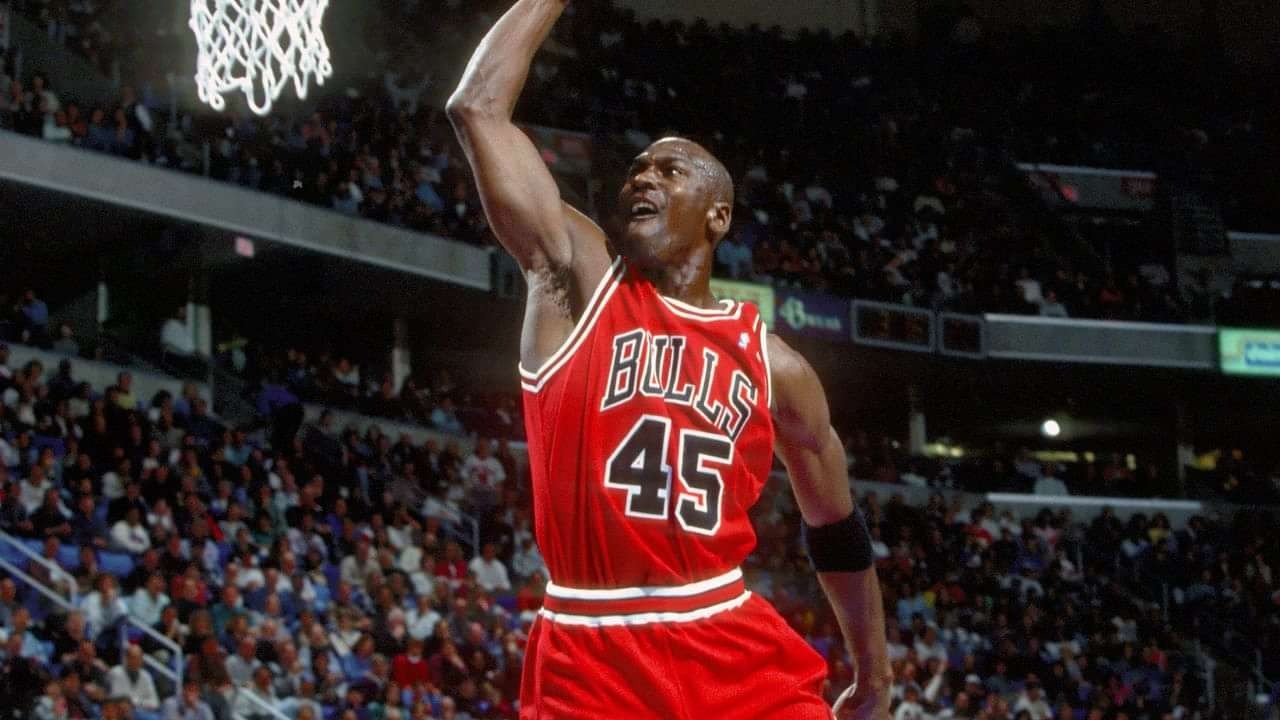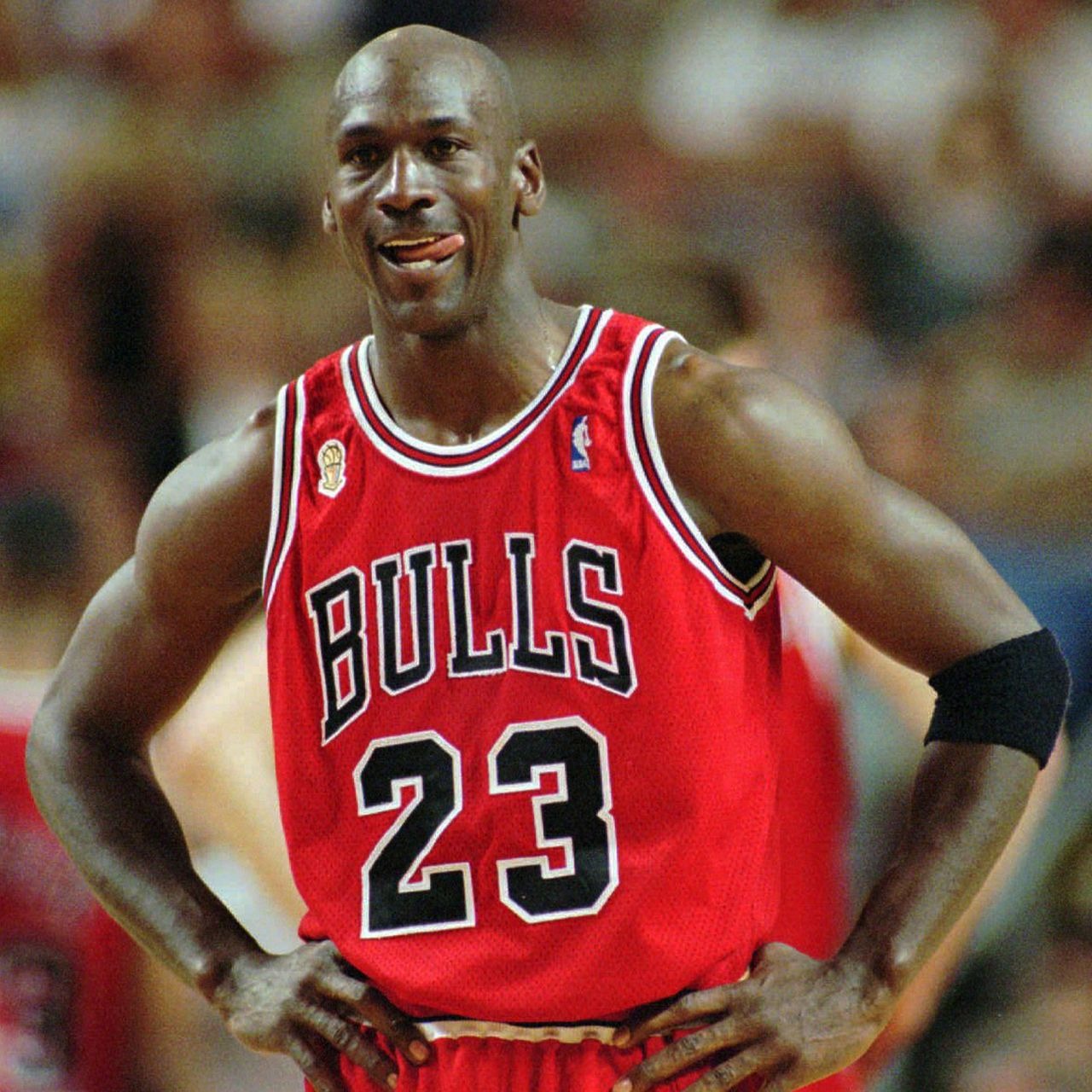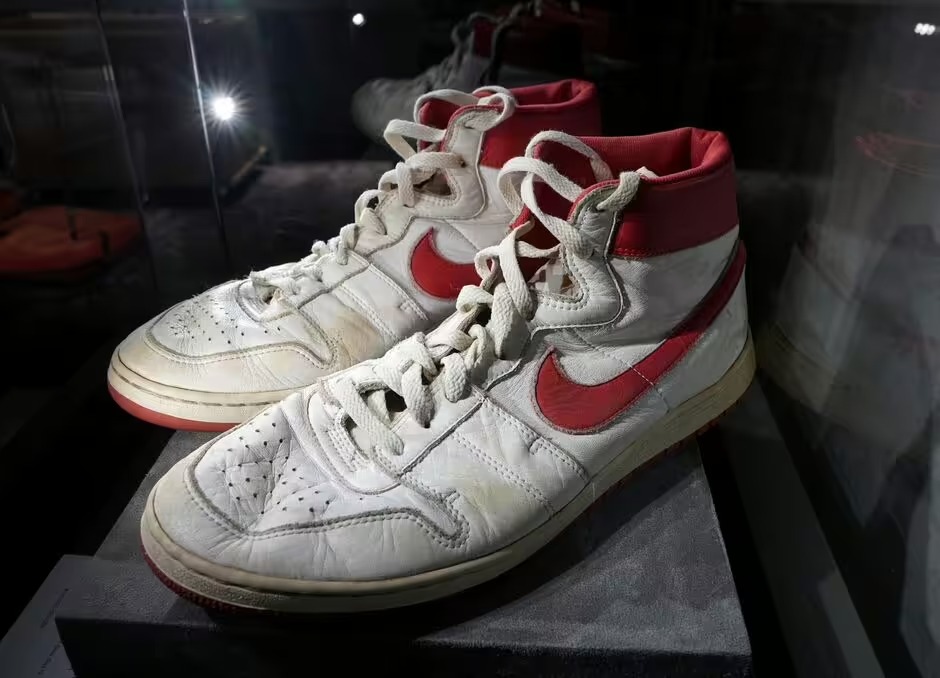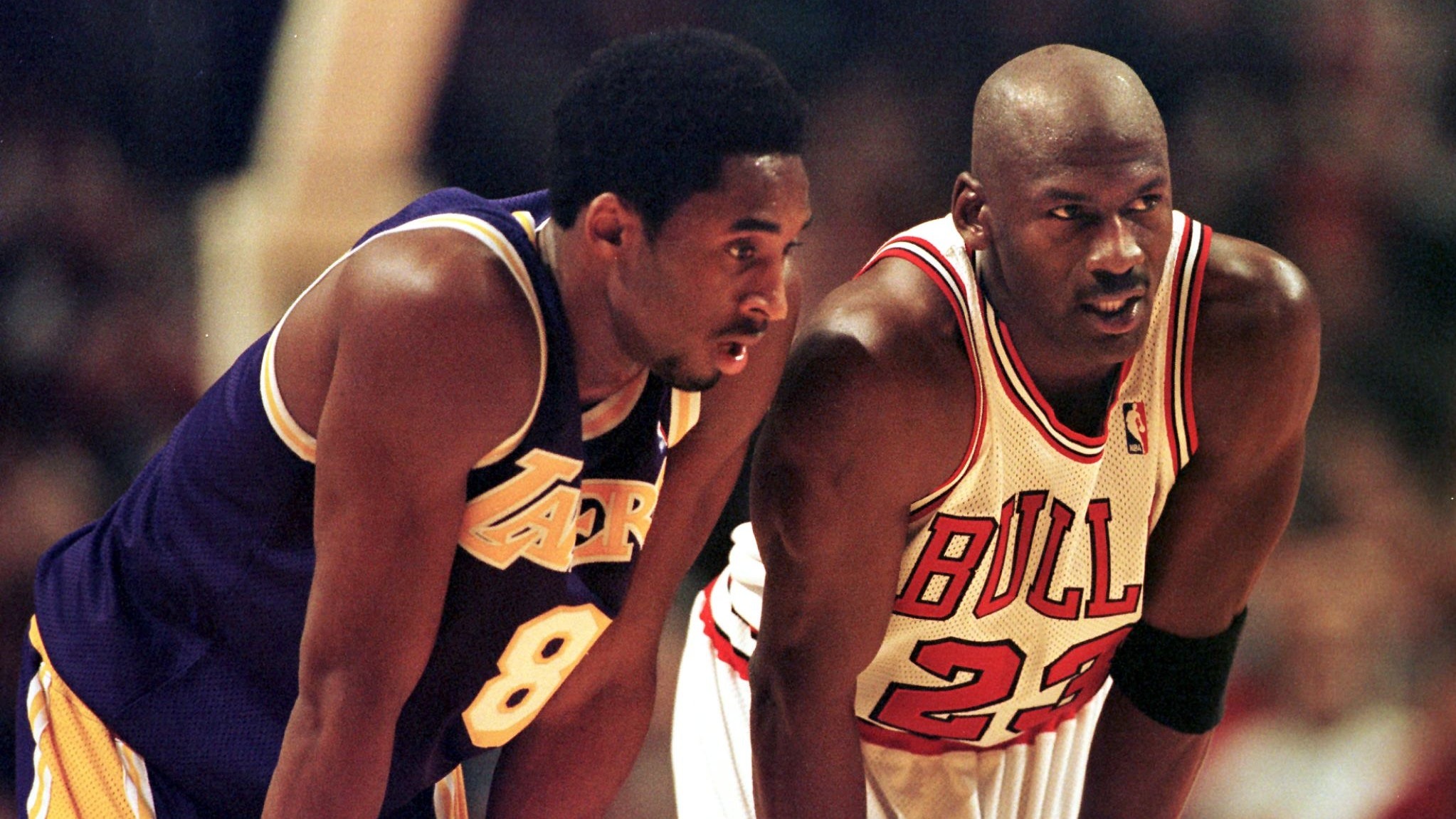Before Michael Jordan became the greatest basketball player of all time with the second-most popular sneaker brand in the world – behind only Nike – he was a fresh-faced rookie out of the University of North Carolina. And coming into the NBA, Jordan needed new sneakers, which Nike provided, albeit with a very expensive caveat.
When Jordan started playing in preseason in October 1984, he was spotted wearing a pair of black and red Nike sneakers to match the Chicago Bulls’ jerseys. However, this violated the NBA’s rules at the time, requiring trainers to be at least 51 per cent white or white per the rest of the team’s uniform.

In response to Jordan and Nike’s disobedience, the league imposed a $5,000 fine (nearly £4,000), which would now be worth an estimated $14,477/£11,373 in 2023, every time Jordan wore sneakers in that particular colorway.
“In accordance with our conversations, this will confirm and verify that the National Basketball Association’s rules and procedures prohibited the wearing of certain red and black NIKE basketball shoes by Chicago Bulls player Michael Jordan on or around October 18, 1984,” the NBA’s letter to Nike said.

Instead of bowing down to the league’s demands, Nike elected to have Jordan keep wearing the shoes despite the fine. Additionally, Nike turned the situation into arguably one of the most famous sneaker commercials of the 20th century.
“On October 15, Nike created a revolutionary new basketball shoe. On October 18, the NBA threw them out of the game. Fortunately, the NBA can’t keep you from wearing them. Air Jordans. From Nike,” the advert stated.

The commercial proved to be extremely beneficial for Jordan and Nike. In May 1985, Nike sold more than $70million (£55m) worth of Air Jordans and the Jordan Brand had brought in more than 100m (£79m). However, it must be noted that Jordan wore a different sneaker during the period the NBA specified the Bulls star and Nike broke league rules: The Nike Air Ship designed by Bruce Kilgore.

On October 18, 1984, Jordan wore a black and red – now known as “Bred” – pair of Air Ships as Jordan wouldn’t debut the Peter Moore-designed Air Jordan 1 until November 17, 1984. Additionally, the Air Jordan 1 colorway Jordan first wore was predominantly white and red with small hits of black, now known as the “Chicago’s,” not the “Breds.”
Jordan went back to the Air Ships until Dec. 20 of that year, before he wore the Jordan 1’s full-time, and the rest is history. For a time, Nike had maintained that the NBA did indeed ban the Air Jordan 1 instead of the Air Ship, as it needed a superstar player and massive sales to help keep the fledgling – at the time – sneaker company afloat.
The gamble worked as their bet on Jordan and the Air Jordan 1 worked extravagantly. However, Nike’s pursuit to have Jordan as the face of its basketball division was difficult and expensive for the brand.

To add Jordan to its basketball roster, Nike gave Jordan a five-year, $2.5 million (£2m) contract, which was more than double what Adidas had offered him. It is well-known that Jordan had an affinity for Adidas at the time and it was at the behest of Jordan’s mother, Deloris, that the younger Jordan sign with Nike.
Nike also gave Jordan 25 per cent of all shoes sold with his likeness – an idea pushed by Deloris – which shaped the sneaker landscape for years afterward. Nowadays, Nike and Jordan Brand are powerhouses in the sporting landscape, with the latter having brought in $5.1billion (£4.01billion) in 2022, with the man earning around $256.1million (£201.27million).
Although Jordan’s net worth reportedly is $3billion (£2.36billion), the start of his career, at least in the sneaker space, had an inauspicious start. Considering the profits Nike and Jordan have had since 1984, they would be hard-pressed to change anything if given the chance.